The GPD G5A is my third Android handheld after a Yinlips YDPG16, and a JXD S7300 that I bought for my brother. I’ve always fancied a 5 inch machine but until the G5A they have all been stunted in some way, usually with a less powerful processor than their 7 inch brothers. I ordered my G5A from Willgoo on the 10th of January, it showed up on the Singapore Post tracking site 3 days later, and 10 days later it arrived at my house. Since then I’ve had a bit of time to play around with it, and if you’d like to hear some opinions on the device then read on… 🙂
This review isn’t going to contain a video since Deen0x, skelton and various others have video’d almost everything you could ever want to see running on the device already. I’ll link to some of those vids at the end of the review. The review is going to focus more heavily on the hardware and software stability than anything else. We all know by now what the RK3188 is capable of under the right conditions, what matters more at this early point in its life is the quality of the hardware, and to a slightly lesser extent the quality of the Android port. Skelton has already stated that he will be working on the software in his spare time, so a few bugs here and there at the start are not worth weighing too heavily on, in my opinion.
So let’s get started. The parcel that arrived at my door was a large, tightly fitting padded jiffy bag. Inside that is the box containing the GPD G5A and the usual headphones, mains charger, usb cable and Willgoo branded cleaning cloth. You’ll notice that they’ve taken a completely different approach to the box art than Yinlips and JXD tend to do. There are no gaudy graphics or screenshots obviously taken from PS3 or XBOX 360 games, instead they’ve gone for a rather clinical white and blue colour scheme. If it wasn’t for the photograph of the machine on the front you could be forgiven for guessing it contained some kind of office supplies or medical equipment. Still, I think it looks more professional than the boxart JXD usually comes up with and it’s making me feel pretty optimistic about the device itself.
Once you lift off the lid you are immediately greeted by the console, it’s black buttons and ice white body staring out from the soft padded bed that’s supported it for 6000 miles across the world. I have to be honest here, usually in the flesh these things look slightly more attractive than they do in videos and photographs – but this particular model looks exactly as I thought it would. It’s a big, chunky piece of plastic and it’s reminiscent of one of those rugged electronics devices that you might give to a small child – but it’s not ugly, and I did not buy it for looks 🙂
The machine weighs slightly less than you might expect given its size, and it feels as though the grips on each side are mostly hollow. Unfortunately this hollowness associates itself with cheapness in my mind, and doesn’t do the device any favours. But it only takes a couple of seconds to also realise that the device is actually very solid. Force applied in opposite directions on the grips produces minimal creaking or bending, and I don’t think I could twist the device in half like I could have easily done with the S7300.
Let’s have a look at the controls. The console has 4 digital shoulder buttons, 4 face buttons, 2 clickable analogue sticks, a dpad, start, select, power and volume rocker buttons. No shortage there then. The Start, Select and Volume buttons are positioned on the bottom edge underneath the screen which is not ever so ergonomically friendly, but they’re not required often.
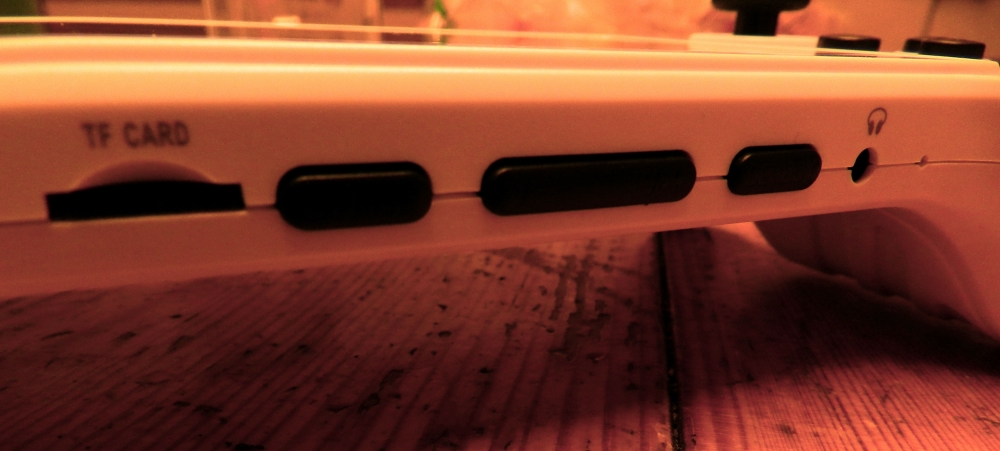
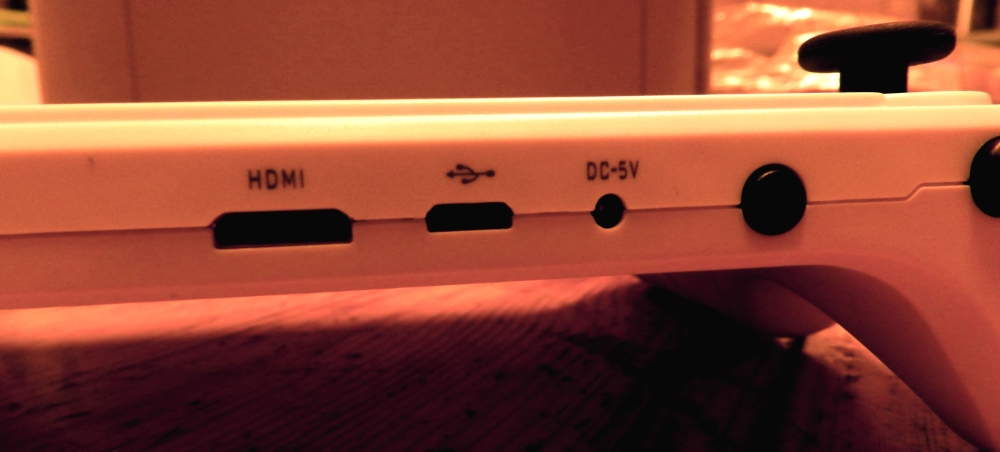
Those of you scared to death of cheap chargers will be pleased to know that the device will charge with a Micro USB cable. Unfortunately charging takes a long time this way, around 3-4 hours at a guess. The battery life is around the same. I did experience one huge drop from 60% to dead on my first outing with the handheld, but since it’s had a couple of full charges it seems to be behaving itself. I’ve not had chance to test the HDMI output since my brother has run off with my only mini to full size HDMI cable…
The face buttons are fine, they all register with a positive but soft click, however they do rattle a bit when the device is shaken. The shoulder buttons are shaped nicely and placed well, unfortunately the L2 and R2 are not analogue but for me that is not a deal breaker.
The dpad is not quite like any I have used before, reminiscent of the original XBOX dpad perhaps. It performs just fine and it’s not yet cost me a life in Super Aleste or Zero Wing. Others have reported no problems pulling off special moves in Street Fighter. The only negative regarding the dpad is how loud it is. It’s quite noisy! People have speculated that their may not be a membrane underneath but I can’t verify that at the moment.
I’m saving the best until last here. I want to buy a beer and give a huge pat on the back to whoever decided on these analog sticks. They’re better in every aspect to anything that has featured on any Chinese handheld before it, they are absolutely superb. With a convcave, rubberised finish that hugs your thumb perfectly they are mostly closely reminiscent of those found on an XBOX 360 controller.
And yes, they are real analog. And no, the left stick is NOT linked to the dpad. They got it right and I can finally play F Zero X without flying off the side of the track into oblivion. Can we get a round of applause for the guy in charge of designing the analog sticks please? 😀
After powering on the console and starting to set it up I ran into a fair few small bugs. There is not really any need to go into these since it turned out my console was on an older firmware (v1.0.8) and after flashing v1.1.1 most of those bugs have resolved themselves. As it turns out, apparently skelton worked with the developer at GPD on this version of the software – which probably goes some way to explaining why it performs so well. There is still a little room for improvement, but skelton has already said he will endeavour to make some improvements and possibly even advance the console from Jelly Bean to KitKat.
It’s worth noting too that unlike some other devices, the G5A comes with minimal junk software pre-installed. The only thing present on mine after the update is an emulator front end called… wait for it… Game Emulators. It looks like a basic GUI and points to a couple of ROMs with Chinese filenames – and although I can’t seem to remove it, I just ignore it. Everything is in English including the keyboard and overall it feels like a very vanilla version of Android. The desktop was blank on boot, those installed apps are mine.
On an unrelated note, when I first turned on my G5A there were about 5 or 6 images taken using the built in camera at the factory. One showed a line of employees hard and work and the others pointed at various corners of the factory floor. I meant to back them up, but I forgot and unfortunately they were lost when I upgraded 🙁
The Android port is generally very fast and stable. I have noticed a couple of issues with the wifi where a Play Store download will hang at 100% and not install. Occasionally the download speed inexplicably slows down to around 300KB/s for no apparent reason. Don’t compare this to the wifi issues on the JXD S7300 though, the G5A suffers nowhere nearly as badly as that did. I guess either a misplacement of the wifi antenna, or another software glitch to be fixed.
Overall the software is infinitely better than the stock S7300 software was, it’s insulting to compare them really. Added to the fact that all of the controls appear to be distinct and individually mappable using either the built in mapper or Tincore’s mapper means that this thing is very impressive out of the box (or at least after the available firmware update).
The other remaining thing that I cannot seem to fix is the full screen bug in some emulators. Mupen 64+ AE as well as the free .emu emulators refuse to go full screen vertically. I was advised to hide the on screen buttons before loading the emulator, but it makes no difference. This could either be my fault (always willing to accept that I’m being a dumbass), a fault of the emulator or something in the firmware that needs ironing out. Notably, using different video plugins in Mupen 64 affects how much of the vertical screen estate is occupied – but none of them seem to extend the whole way.
The screen is perhaps the chink in the armour for the G5A. Although 800×480 is rather low for a 5 inch panel, it’s not the resolution that lets it down. If you’ve used a JXD S5110B you’ll know the score because it apparently uses the same or a very similar panel. The screen is ever so slightly grainy, it has a definite blueish hue to it and the viewing angles are poor. There have to be some shortcuts on a device costing £75 shipped, but personally I would have been happy to pay an extra £10-£15 for a high quality 720p panel. Still, given the choice I’d rather have decent controls and a slightly lacking screen than the other way round.
I have tested a few Dreamcast games with mixed results. Of course the emulator is in very early beta stages and things will surely improve. Of the 7 games I tested 4 were playable and only 1 had no apparent graphical glitches.
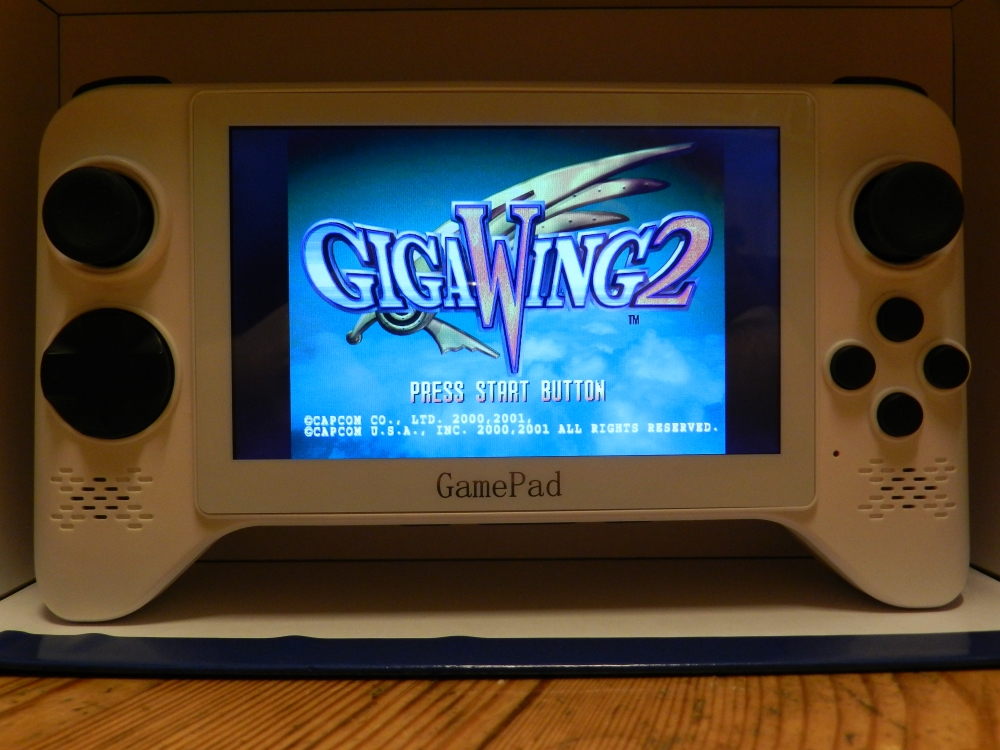
It’s easy to be optimistic about a device you just spent a lot of money on, but I honestly thing that this is leaps and bounds better than anything JXD have come up with so far. The combination of well executed gaming buttons and a stable Android build sets the G5A in great stead for being the device of the year for me. It’s true that the Shield has a superior SoC and build quality, but it is double the price (more so if you’re outside the USA). For $120 you are, in my opinion, very unlikely to be disappointed. With KitKat on the horizon (it’s actually available from the manufacturer now, but I will wait) and Skelton on the case things are looking good. I always try to be as honest as possible with my reviews and if you feel I’ve misrepresented in any part of this review please tell me.
I’ll leave you with a link to a boat load of videos from Deen0X demonstrating many emulated and native Android games.
A link from Tincore demonstrating how to set up his key mapper.
And a video from Skelton demonstrating a bunch of Dreamcast games.
Finally if you wanted to grab one of these and fancy supporting this site at the same time, you can click this link to order from Willgoo. Be aware that it may not ship before CNY, so prepare for a little wait. Cheers.

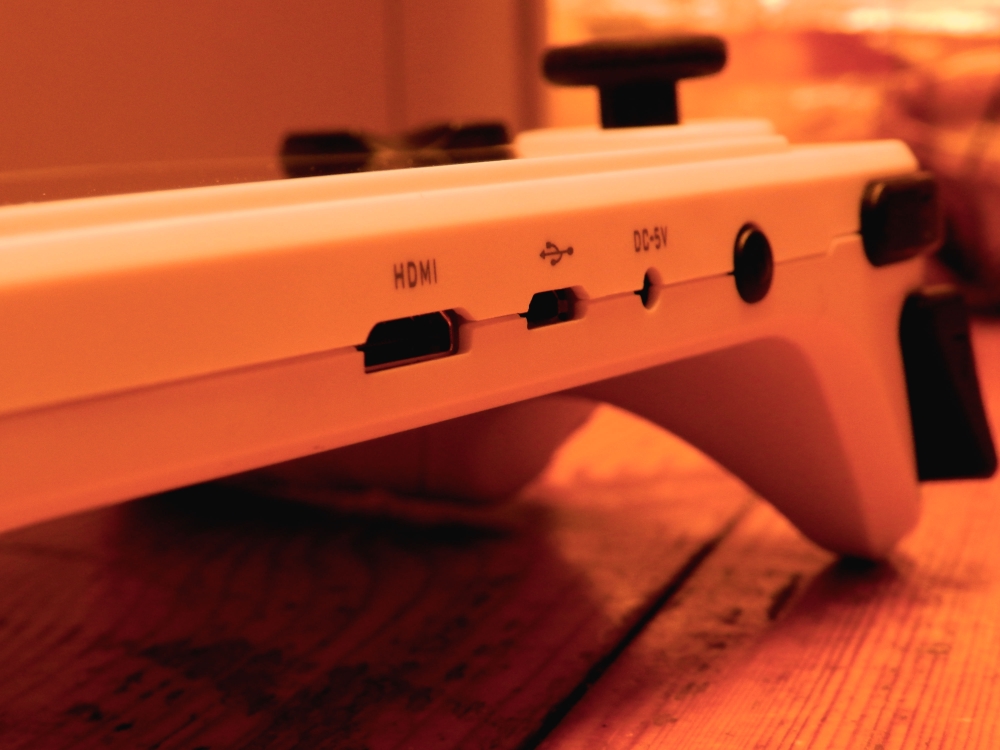
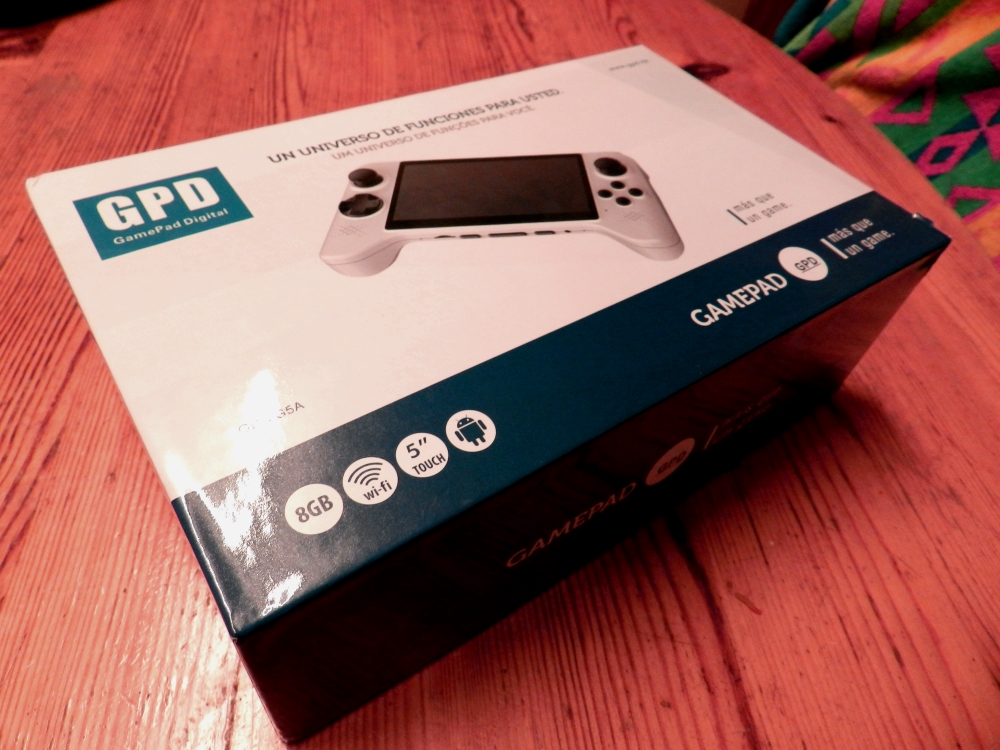
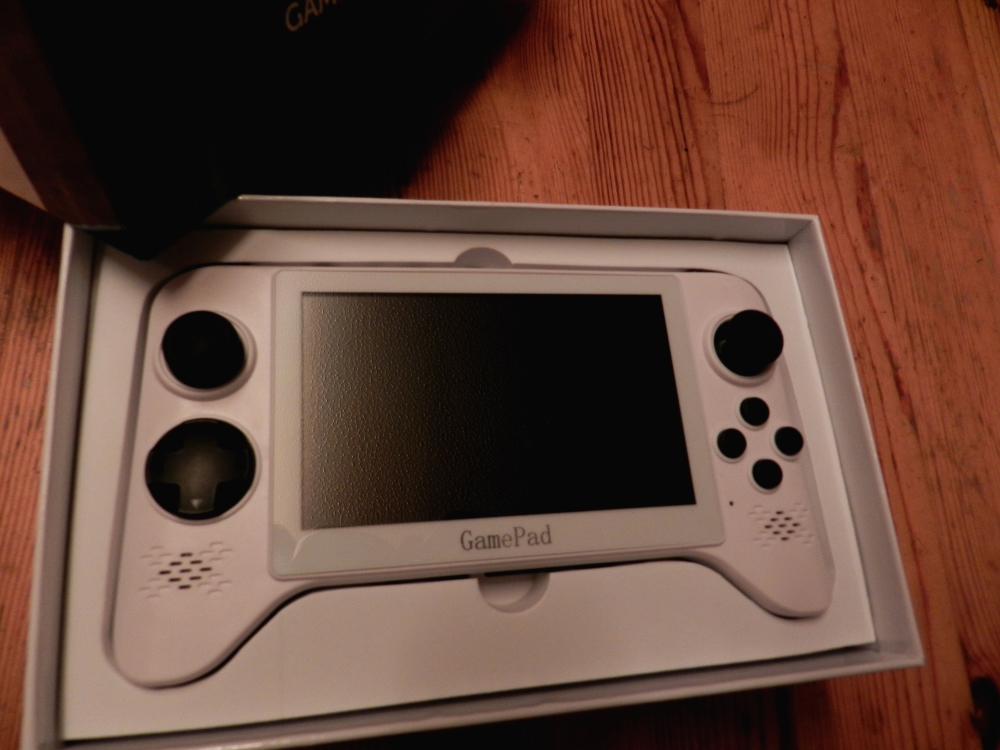
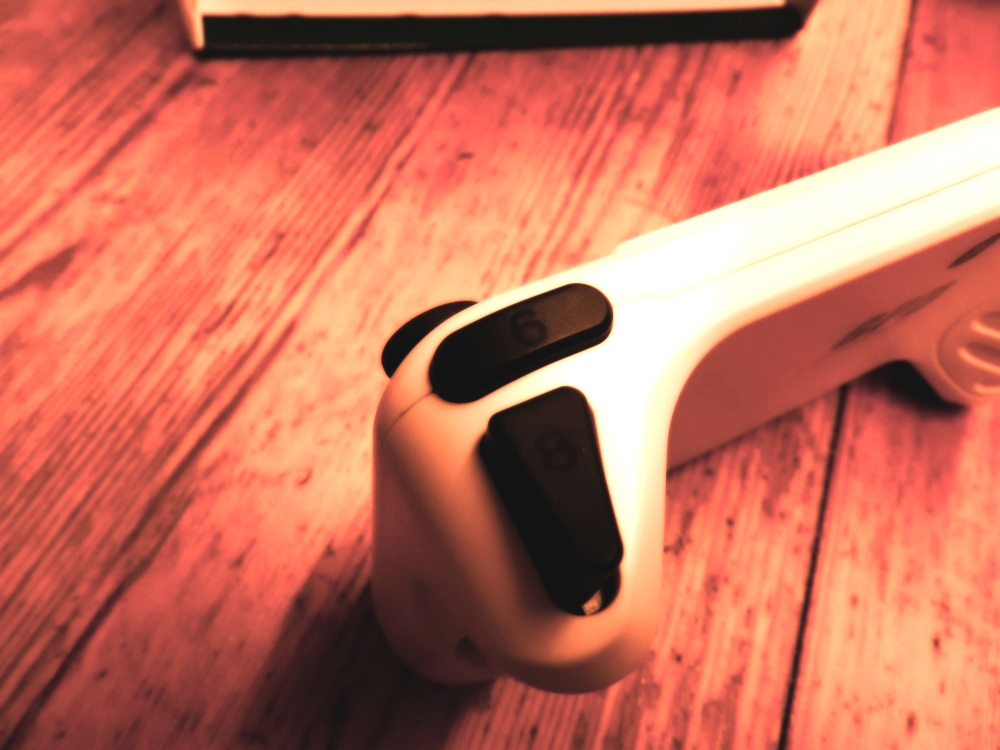
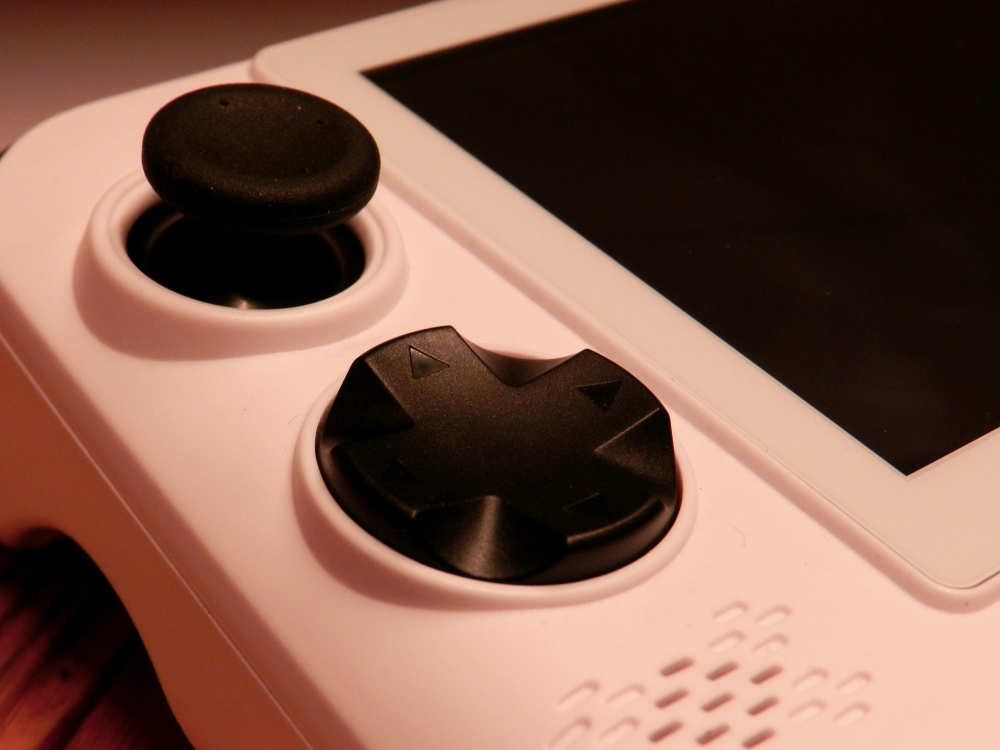
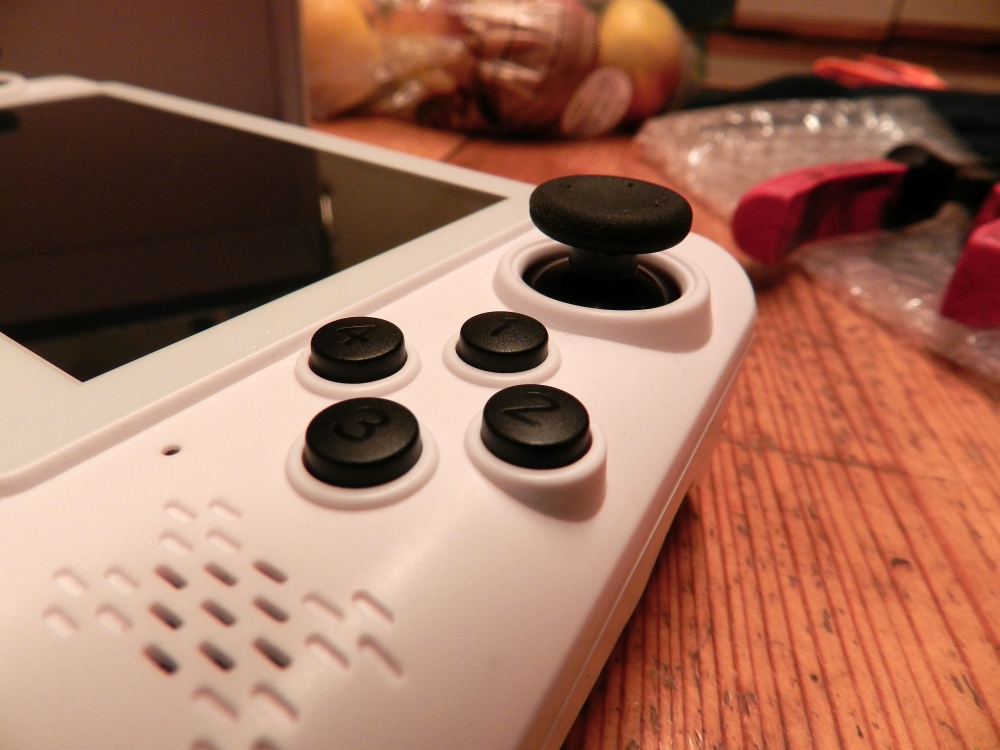

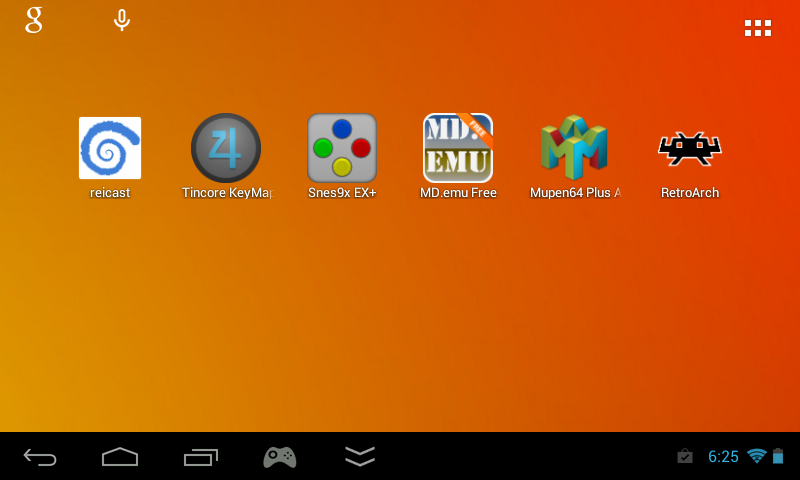
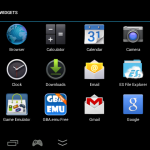
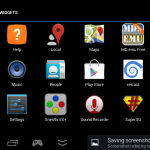
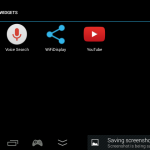
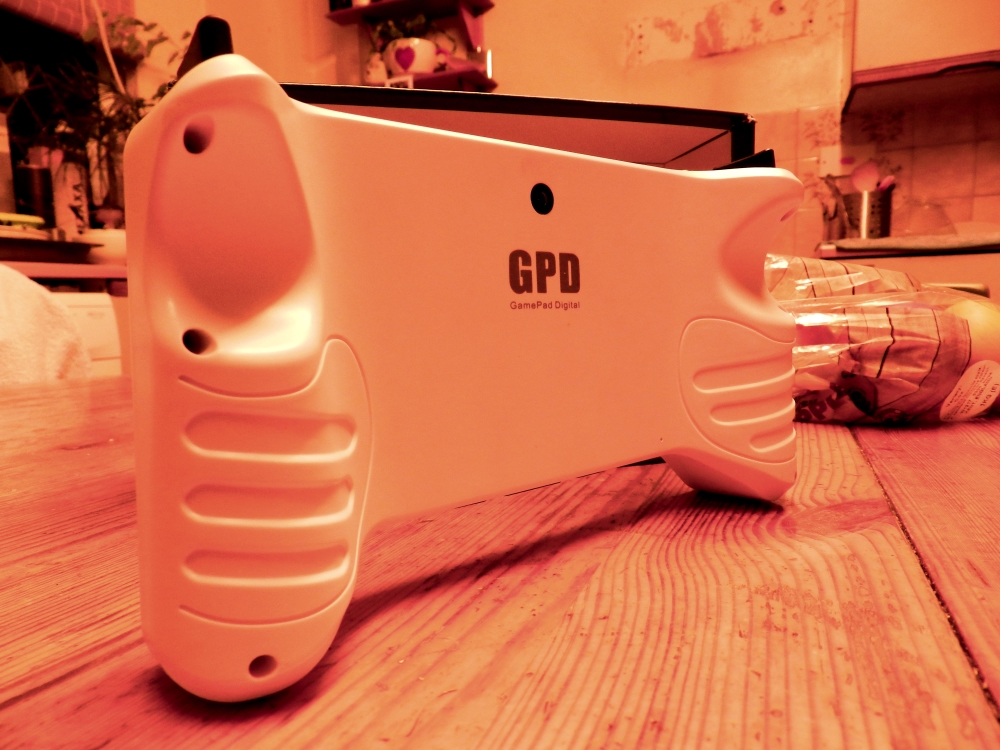
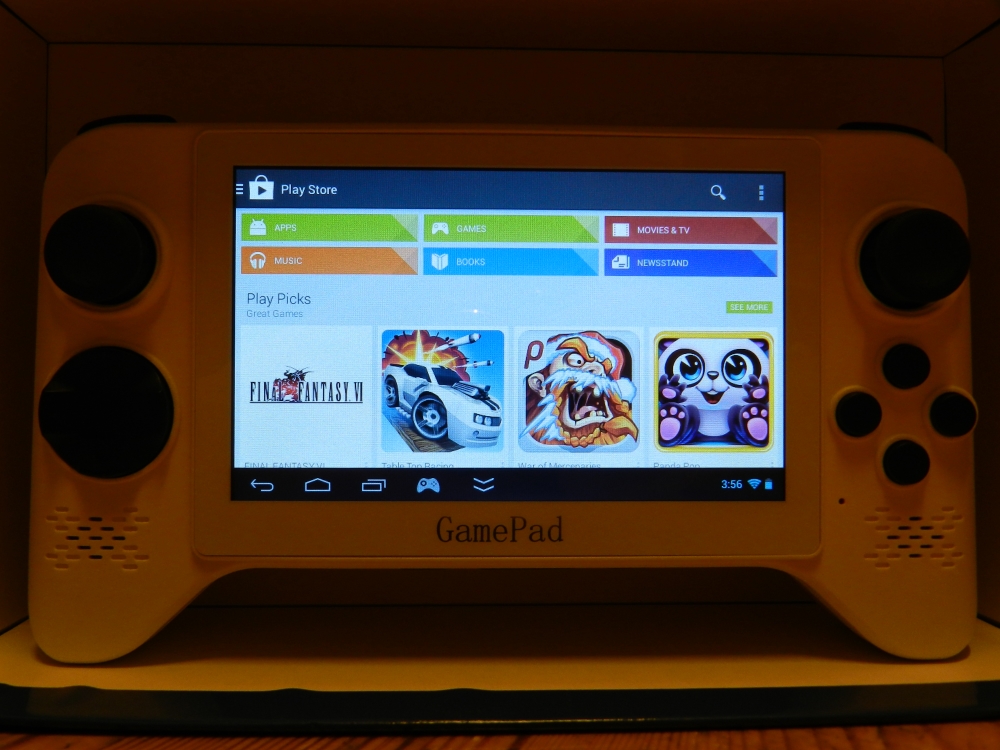
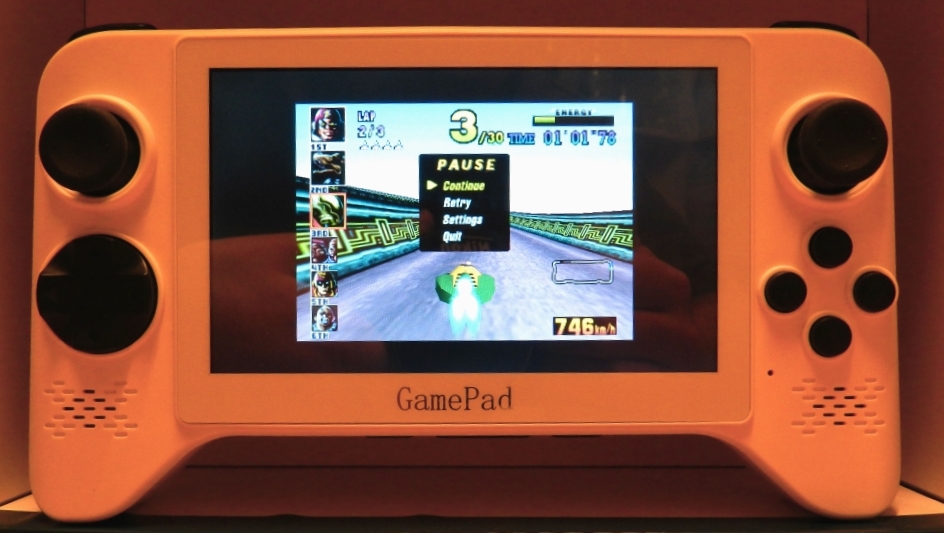
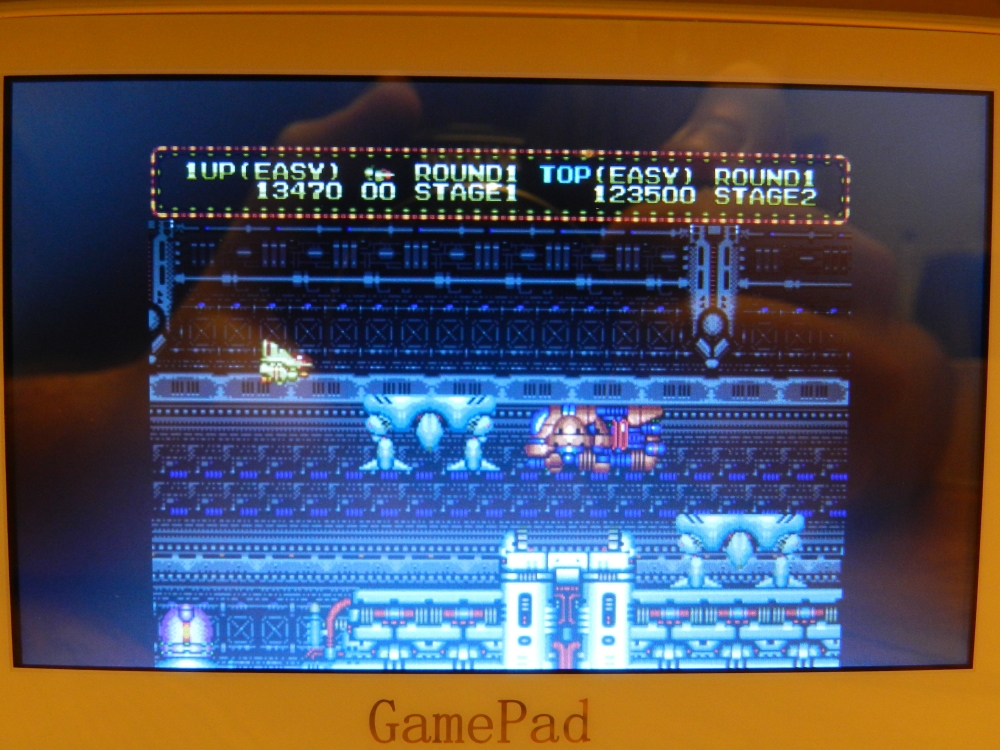

Do you still have this? would you be willing to sell it
Hi mate, I sold it last year I’m afraid.
Thx for the review. I hear they’re releasing a G5A+ with 2GB RAM and IPS screen. I’ll wait for that one.
Any word on the mico sd performance?
Whats the maximum size for compatibility?
This device has almost everything to be a success. Good hardware combo, good software devs behind it.. unlike jxd, which seems to keep its head buried in the sand shoving handheld after handheld to customers with poor QC and community coop.
Good reading. Cheers!
can you comment on the performance when streaming games via splashtop thd to this device?can the wifi on this device handle it? also are the thumb sticks clickable?
Thanks for the nice review. They’re almost there, but not quite there yet. The controls are good now, but the screen is lacking. If only we can get these controls with an IPS screen for $20 more (or whatever it costs to upgrade to this part), then I’ll be the first in line. I’ve seen cheap (sub $200) phones and tablets with IPS screens, so I know it’s within reach.
Oh yeah, they also could not have chosen an uglier font for the bezel. I’m not sure whether they think a semi-condensed serif typeface is supposed to symbolize “retro”, but it’s fugly IMHO.
I agree with you completely. The screen is really the only thing on this device that diminishes it.
As for the bezel font, I’m pretty sure everyone dislikes it. Personally, I feel like Sans Serious in black would’ve looked great on the white console, or just no bezel logo at all.
Very nice review. Very nice to read and very accurate about how device performs and work.
Those doubting between 5800 and GPD g5a, believe me, 5800 is terrible. I got one recently and analogs and dpad are awful. Screen is very nice but that’s it, a nice screen to watch with painful controls.
GPD screen is a bir poor but definetely a more solid device in my opinion.
When skelton praises something like this, you know it’s bound to be good.
Thanks for the kind words. Glad to hear I picked the right device of the two as well.
This is review is not only accurate but enjoyable to read.
Thank you.
I might wait until something with a decent battery comes out. 3 hours is just plain poor.
Actually, that’s not the battery life. According to the article, that’s how long it takes to charge it from 0% to 100%. There is yet to be any info about the battery life of this device.
“charging takes a long time this way, around 3-4 hours at a guess. The battery life is around the same“
I missed that part. Sorry.
Thanks! I’m definitely going with the GPD. Also, when I said the S5800 just horrible looking analog sticks, I was talking about how tiny they were. They just don’t seem to hold a candle to the GPD’s analogs. Also really eager to see what else GPD will release in the future.
Looks like the battery life is not that good, 3-4 hours – On par with the original Archos Gamepad. Is it that hard to put a decent sized battery in these things. I’d pay the $5 more for it.
Thanks for the review. Now I just want it even more than before. Would you suggest this over the Much i5 and the JXD S5800? The main thing putting me off the JXD S5800 are those horrible looking analog sticks. Also, is it comfortable to hold?
Judging from the sticks on the S7800B, they are not bad – but they are far too close to the D-Pad. Also, the ability to L3 and R3 is good, so you are better off with the G5A.
Also, I’m personally terrified of using the S5800 as a phone, because analogs in pockets + rough conditions = breakage. So the only category left is comfort, in which I’d recommend the G5A.
Thanks for the in-depth review. Sounds like a very solid system – and not at all a bad price. Kudos!